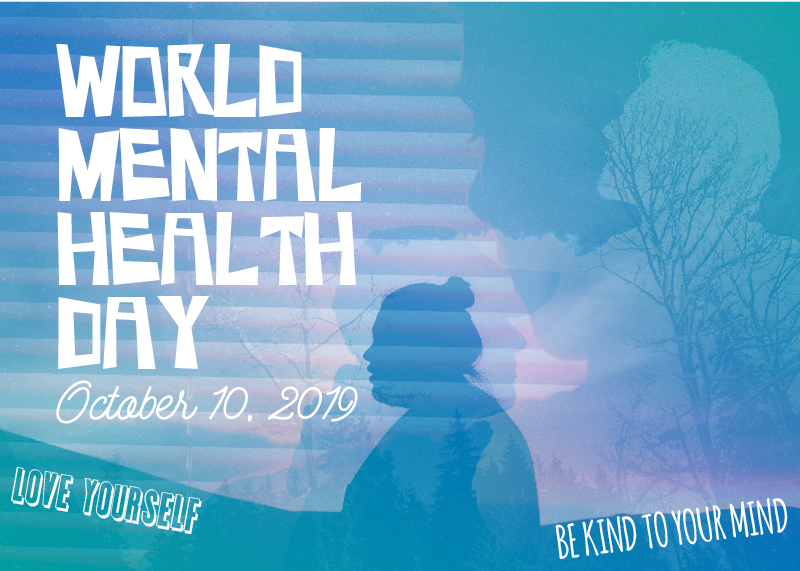
How are you today? No, really – how are you? No catch, I promise; mo. I’m not selling anything. Nope, I don’t want your signature, your vote, your money, a date, or a ride to the airport. I just wanted to check in, to connect, to make sure you didn’t go through a whole day without being seen, or heard, or reminded that the space you occupy is beautiful, just because you are in it. Corny? Maybe. But in a world that shrinks every day, connections and conversations become rarer and one more degree removed as technology races everything toward efficiency and digitization. Connection is precious, conversation an art, compassion the one thing that keeps all of us human. It literally saves lives.
Speaking of life, it’s not always easy, is it? We’re all going through something, no matter how perfect our smiles, how fit our bodies, or how much money we have. Sometimes, we are snared by challenges that destroy, disappoint, and devastate us from the inside out until it’s so thick and loud it feels like there is nothing else left. Sometimes, even if we are surrounded by friends and family, we clench down on that hurt, keeping it caged inside so as not to burden others. The weight and isolation of that internalized pain drove 123 people a day last year alone to attempt suicide.
It’s one of the oldest taboos in the world, dark with myths and fearful silence. We tend to describe it in statistics and numbers to keep it at a distance. But suicide has never been about numbers, or statistics – and neither should awareness of it as part of the human condition. When we can begin the dialog with sharing – the loss of a neighbor, a classmate, a friend, a family member; when we can unclench our emotional jaws and say “I tried to kill myself” without hanging our heads in self-loathing and shame, suicide becomes a very human story; the story of us. Turning that story into a conversation that pours love and support into that dreadful silence is what Suicide Prevention Awareness Month is about.
One of the most common misconceptions about suicide is that the person who is considering ending their own life is mentally ill. Like mental illness itself, there is no universally applicable circumstance here: not all people who kill themselves are managing a mental disorder, and not all people with mental disorders are looking to kill themselves. The desire to kill oneself may be driven by one or a number of things, including self-loathing, terror from bullying, physical or emotional pain, trauma, or other sensations that rise to a level that feels unbearable. We feel like we want to die. The active risk for suicide is often short-term and situation-specific – and treatable, if awareness and support are readily available. This is not to say that there aren’t disorders that affect suicidal people over the course of their entire lives – depression and anxiety, for example, may be part of a person’s lifelong struggle, but may only spike to suicidal risk under very particular conditions for a short span in that same person’s life. In either case, there are both observable warning signs and risk factors that give loved ones clues that something is wrong, well before an attempt is made.
It may start small, and maybe easily misses – an offhand comment about wishing they weren’t here anymore, or a loss of interest in things that used to be important. Along with or perhaps soon to follow that, there are more obvious signs: dramatic mood swings, impulsive or reckless behavior, withdrawal from or aggression toward loved ones and activities. These are warning signs, not yet emergencies, but noteworthy and should be taken as a skewed call for help. This would bean ideal time to check in and ask if they’re okay or need to talk. When behaviors escalate into psychiatric emergencies, this is a time to seek immediate help from a healthcare professional, or to call 911 – when someone collects weapons and/or ammunition in an out of character way, or suddenly gives away cherished belongings, or makes a point to tell loved ones goodbye. Discovered in hindsight, these gestures become sirens we feel certain we should have heard, should have seen. Sometimes, the not knowing is all we get, and for those left behind, there is a need for a safe place to express the wracking guilt and shame and anger, as well as the ache of loss and grief.
Regardless of what side of the suicide equation we may find ourselves, there is help at your fingertips. A very real person is waiting for your call at the National Suicide Prevention Lifeline, 24/7 at 1-800-273-8255. This month, let’s open the dialog about suicide – let’s check in with one another, so that fewer of us feel the need to check out. How are you today?













